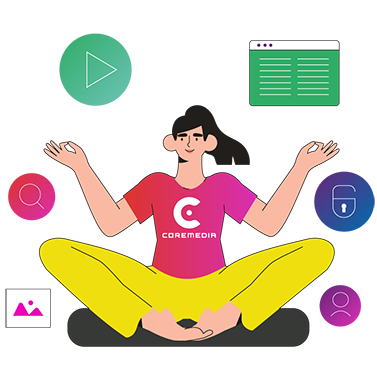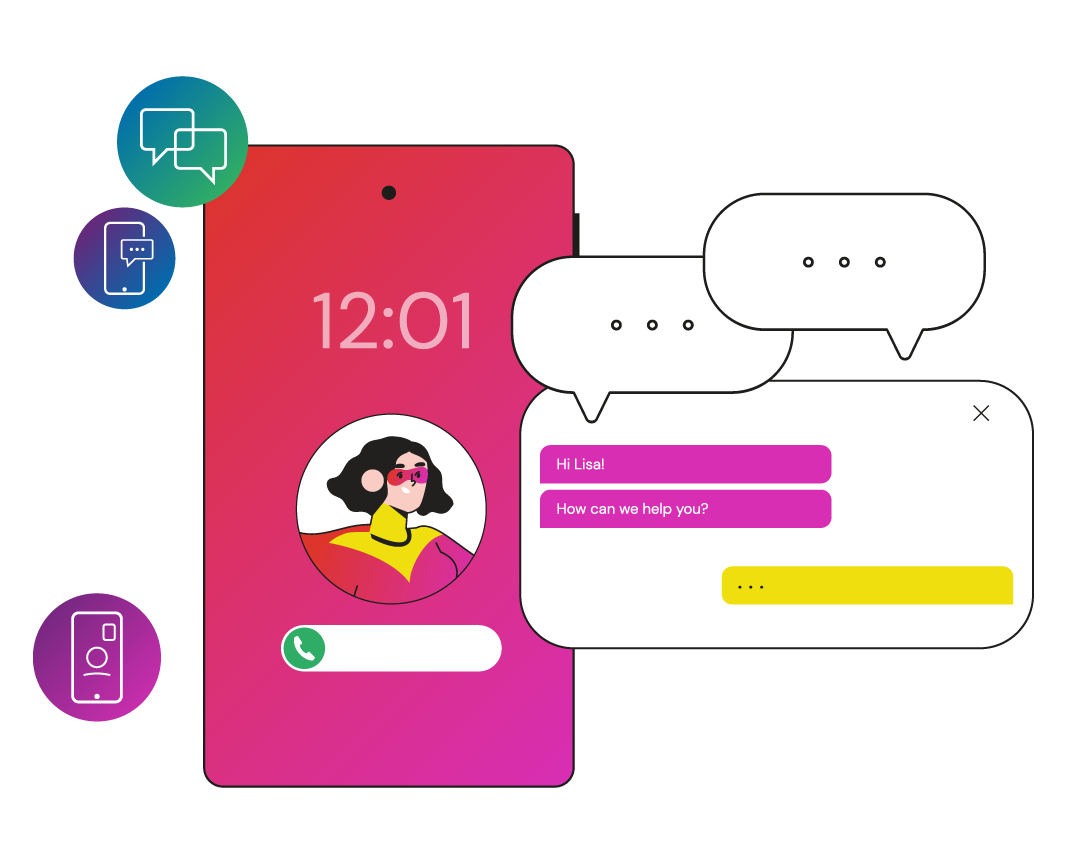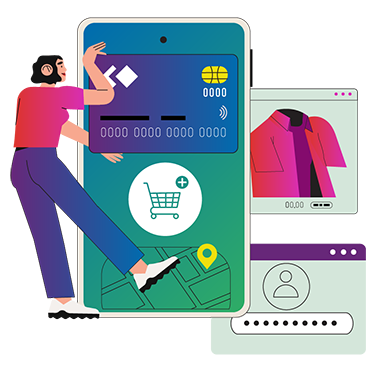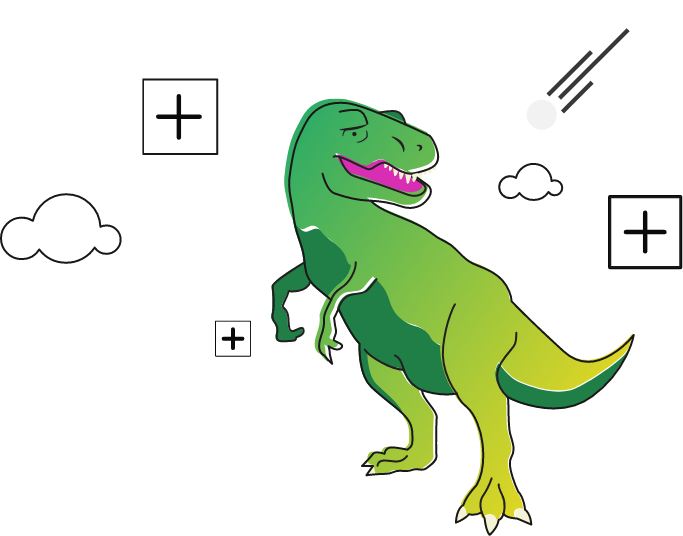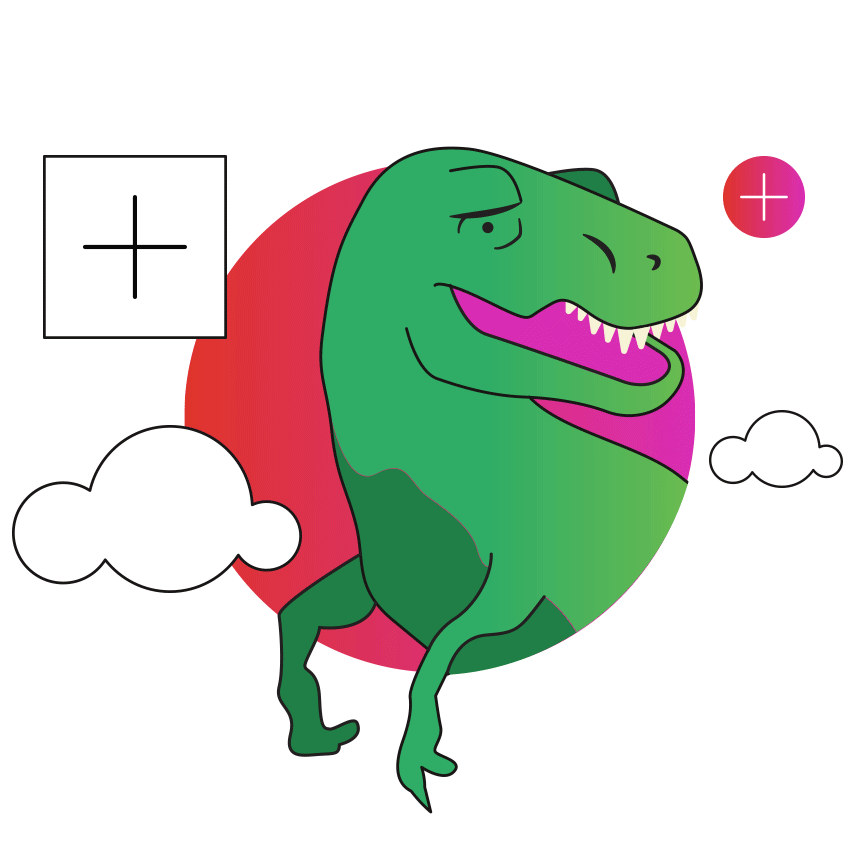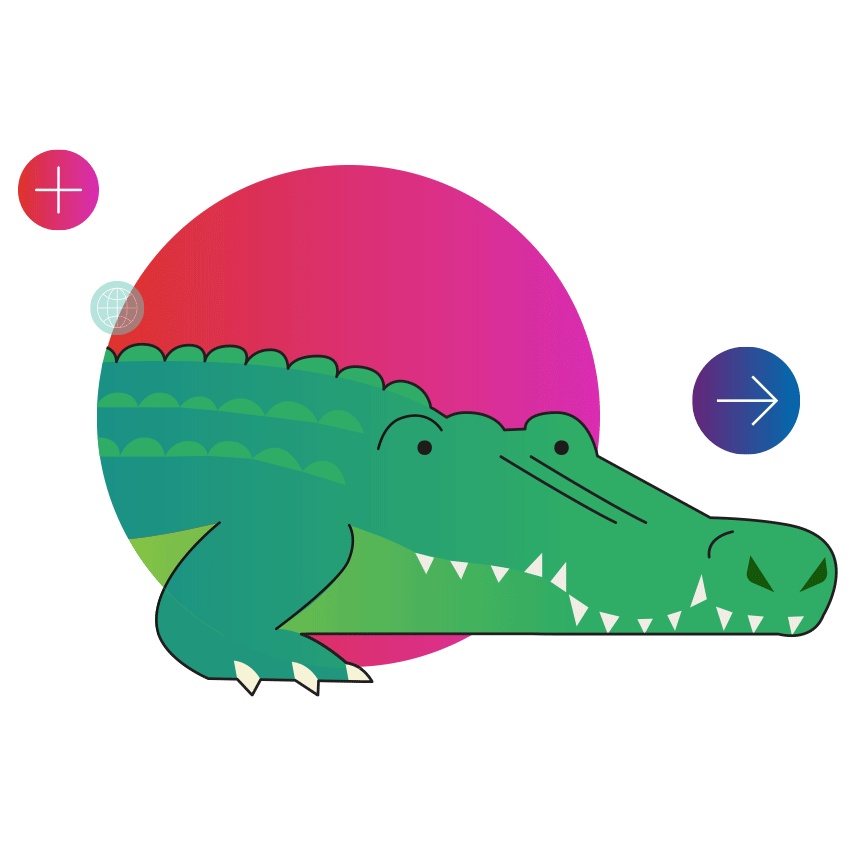“Waves are toys from God.” – Clay Marzo, professional surfer.
One way to think about business strategy is to think about surfing waves.
The following video is hosted on YouTube.com, a third party service to www.coremedia.com. By clicking you accept the data privacy terms by YouTube.com.
Every iconic brand and every successful hidden champion was able to catch a powerful wave at just the right time. Nike launched its iconic brand by catching the personal fitness wave. Microsoft caught the wave of affordable personal computing. Apple at first caught the personal computing wave and later, during Steve Jobs’ second term, pulled off the greatest comeback in corporate history by catching a giant wave better than anyone else: the mobile computing wave. The story about Apple’s comeback is fascinating in itself: Here is a longer reflection about it I shared back in 2014.
But catching the right wave is harder than it looks. A lot can go wrong. You can be too early (Apple’s Newton), you can be too late (Microsoft’s Zune and Phones), you can catch the wrong wave (countless startups you’ve never heard of), or you can fail to move to the next wave fast enough (Nokia missing the smartphone wave after riding the initial mobile phone wave).
This way of looking at companies can also be used to make sense of the one I run: CoreMedia.
We started in 1996 as a Hamburg University spin-off to take advantage of the World Wide Web mega wave: “We can do the Internet. What can we do for you?“ And that worked well to win our first customers and launch the company. While some companies rode that wave harder, with more funding and an IPO, we managed to successfully bootstrap our business.
From 1999 to 2003, we rode the first CMS wave, with an annual growth rate of over 100% and many of the biggest German media companies and ISPs using our platform. We became the German market leader for high-end CMS.
On a global scale, others were riding this wave harder and better. We were pretty small at that time, and our overall funding was small compared to U.S. competitors –less than $10M. So we didn’t have the means to attack the U.S. market or aggressively grow across Europe.
But from 2004 to 2006, we managed to catch a compelling new wave: mobile DRM. Our UK staff was engaged with Vodafone and learned of a new challenge for mobile operators. The Open Mobile Alliance had defined a global standard for mobile DRM that was about to be incorporated into the majority of mobile phones, and had to be implemented by mobile operators as well. And it turned out that implementing mobile DRM was essentially a content management challenge (or more precisely a meta-data management challenge).
CoreMedia CMS was designed to combine content with transactions in a flexible way. So we were able to use our CMS platform to launch a market-leading mobile DRM platform quickly. Nokia, Vodafone, Deutsche Telekom, Softbank, Bharti Airtel, Vivo and others immediately licensed our technology in more than 20 countries on 4 continents. We had finally done it – caught a wave early and ridden it to global market leadership.
But the wave collapsed dramatically in 2007. Steve Jobs had published his “Thoughts on Music” post and the plan to charge €3 per song on mobile devices quickly fell apart. The market for mobile DRM evaporated in six months.
On a side note, there was one market where mobile DRM continued to thrive: Japan. Softbank and eMobile didn’t try to sell existing music catalogs; they aimed to create a new marketplace for unique content. To do that, they used our mobile DRM platform to create a kind of “mobile app store” with millions of unique content items created by more than a thousand content producers. Around 80% of the revenue went to content producers. Customers were able to buy a phone preloaded with a massive selection of unique content that could be activated instantly. And customers were able to share content easily with friends a.k.a. Superdistribution.
After the mobile DRM market collapsed in 2006, we were looking for the next wave, and from 2007 to 2009 explored the use of social software combined with our CMS. CoreMedia always was a place to learn and grow, Partly due to our origin at a university, and partly due to the people we’ve attracted.
While we managed to gain some insights and attention with Enterprise 2.0, self-organisation and the use of social software in corporate settings, this wave didn’t deliver a strong growth phase. It helped us to move to agile development but it also distracted us from our core CMS business. Around that time, Adobe acquired Day Software and Omniture to successfully push advanced usability and marketing automation.
But we kept innovating and noticed early signs of an attractive new wave: content management for eCommerce. Retailers noticed that content sells and demanded to more advanced content management capabilities in their commerce platforms.
This wave grew and evolved into something even bigger: digital customer experience as a USP for brands.
Around 2013, global powerhouses like Apple, Nike and IKEA realized their online stores lacked the iconic attributes of their brand. Why couldn’t their online stores also be their brand sites? To pull this off, they needed better experience management for their commerce platform. Commerce platform vendors like SAP and IBM noticed and invited CoreMedia to provide the missing functionality for both content and experience management.
These new requirements are a perfect fit for CoreMedia’s CMS: flexible integration into transactional systems; high usability for business users; plus sophisticated multi-language, multi-country, multi-channel experience composition. Our core CMS capabilities have become mission-critical for brands and retailers looking to create iconic customer experiences.
To move quickly, we’ve decided to leverage the existing commerce platforms of IBM, SAP, Salesforce and others by providing the missing content and experience piece. Because we provide the best CMS integration into IBM Watson Commerce, SAP Hybris, Salesforce Commerce Cloud, Magento and others, we’ve been able to win some of their biggest accounts quickly.
The CIO of a leading luxury retailer, once said to me:
“Nobody needs our products. It’s all about the experience.”
The above statement is true not just for luxury goods – it might be true for virtually all goods and services (with the possible exception of services provided by governments). Whatever you need right now, there is most likely an abundance of options just a swipe away.
And so, we’re doubling down on our strategy to provide the Best CMS for eCommerce, knowing that our success in luxury fashion is just first phase of a much bigger wave. Companies that want to succeed must compete by providing superior customer experiences. What we’ve learned working with luxury brands will be relevant for all other B2C brands, as well as major B2B sectors including travel, manufacturing, financial services, health care, media, and even government.
Just like surfer Clay Marzo, we’re riding this wave with everything we’ve got. This is our moment. It’s a combination of adrenaline, fun, and hard work. And we love it.
We’re committed to empowering brands to create the most engaging customer experiences in the world. First with the world’s leading luxury brands. Next with any company that’s ready.
What’s your next wave?
P.S. In case you want to surf with us: CoreMedia is hiring.
